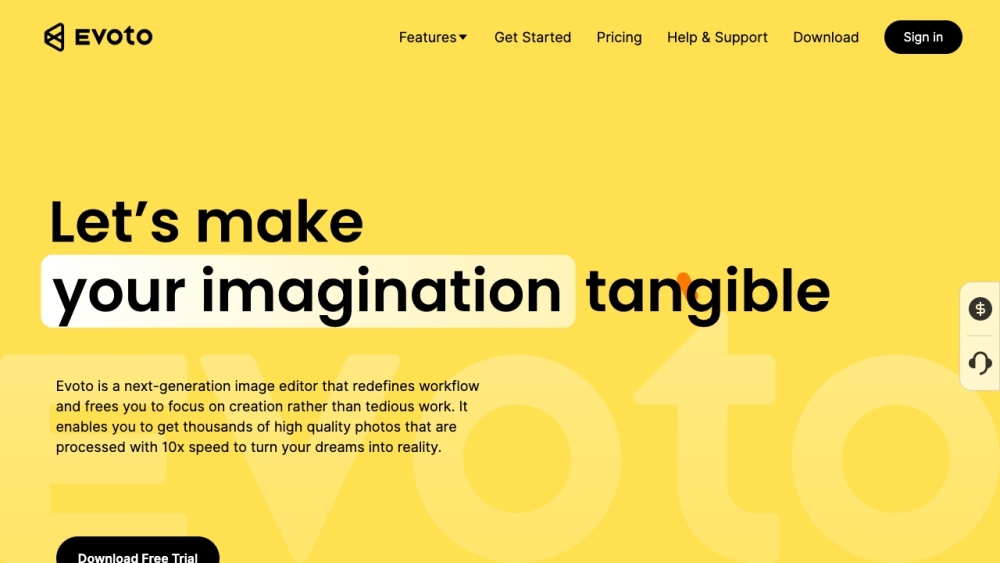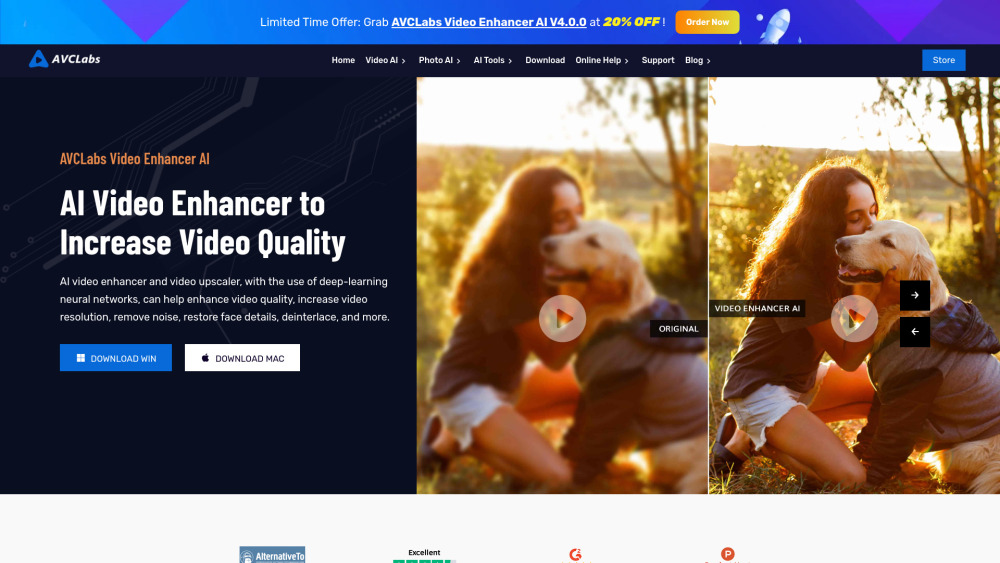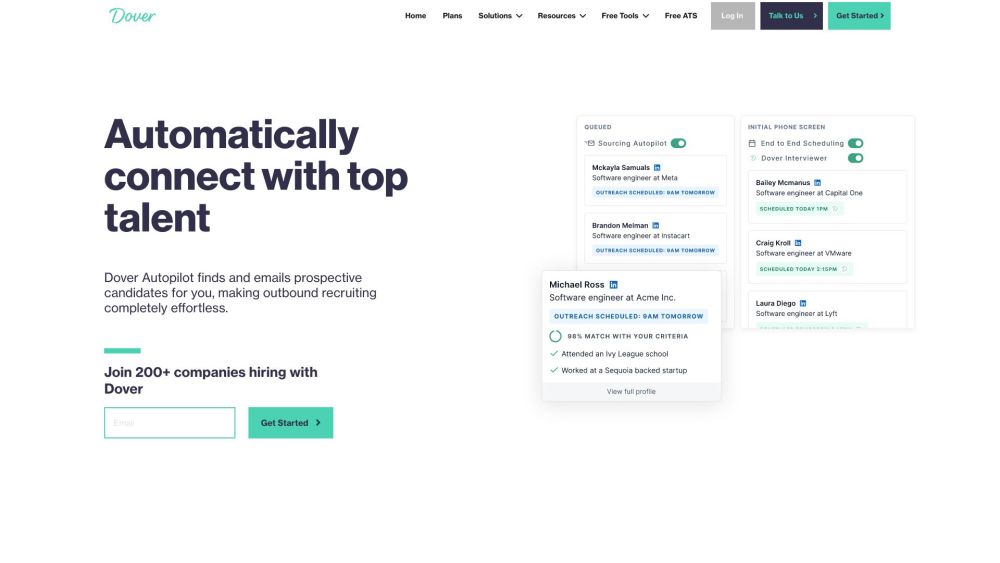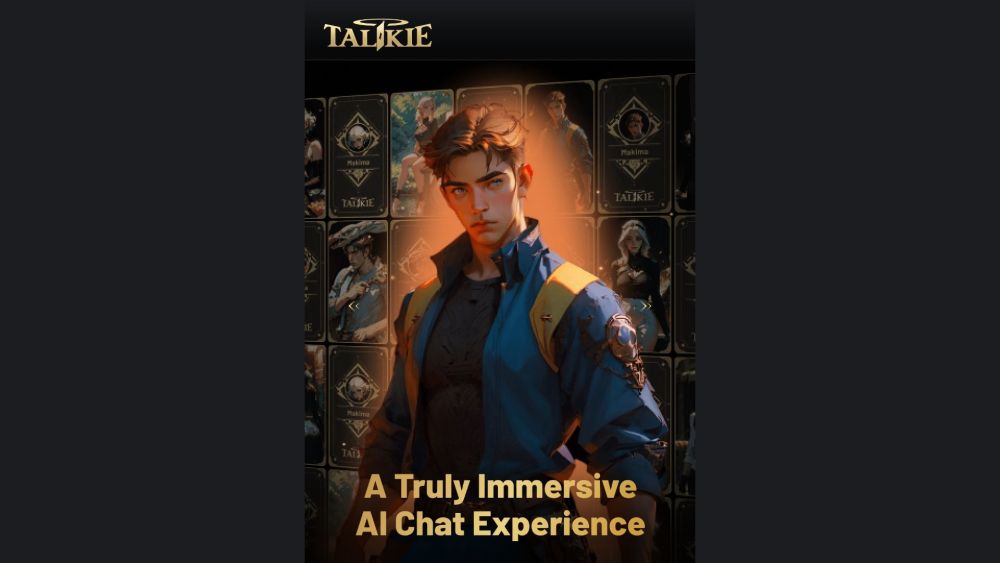Discover How Google Will Help You Identify AI-Generated Images
Most people like

Revolutionize your photography with our next-generation AI photo editor, designed for swift and superior photo processing. Experience fast, high-quality enhancements that elevate your images to professional standards.

In today's digital age, the demand for high-quality visuals has skyrocketed, making AI tools essential for both amateurs and professionals alike. These innovative technologies can dramatically improve the quality of photos and videos, elevating your content to new heights. From automated enhancements to sophisticated editing features, AI-powered solutions are revolutionizing the way we create and share visual media. Discover how leveraging these cutting-edge tools can enhance your images and footage, ensuring they stand out in a crowded digital landscape.

Dover is an innovative platform designed to streamline recruiting processes, effortlessly linking businesses with exceptional talent.

Talkie is an innovative platform that empowers users to transform their online personas and connect with diverse individuals and experiences. Whether you're looking to explore new identities or engage with a wide range of virtual encounters, Talkie provides a unique space to meet anyone and anything in the digital realm.
Find AI tools in YBX
Related Articles
Refresh Articles

